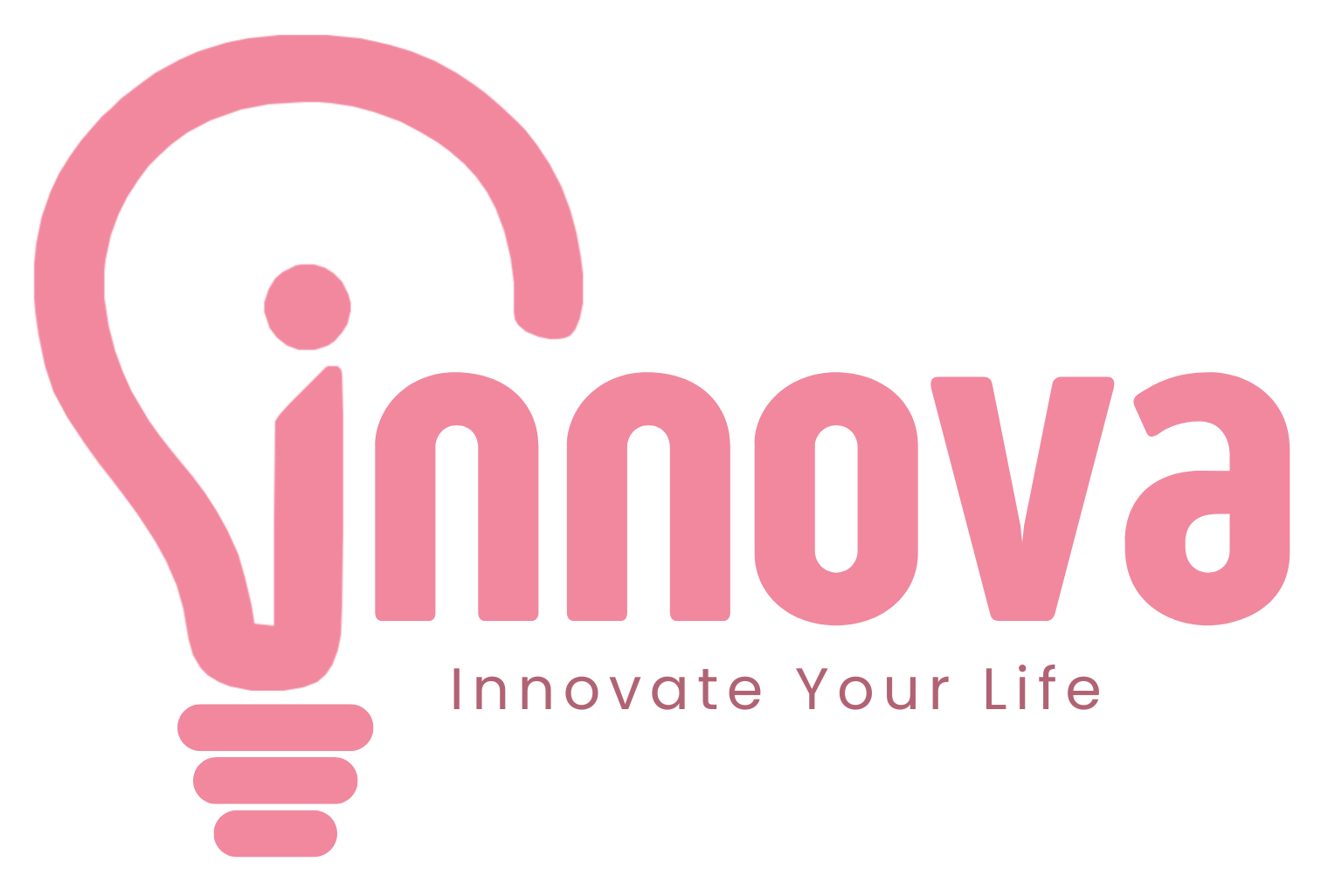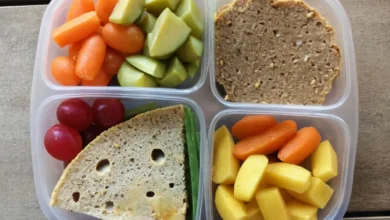How to Make Kimchi and Rice: A Flavorful, Simple Korean Meal in Minutes

Kimchi and rice is a popular Korean comfort dish that combines the bold, tangy flavors of kimchi with the heartiness of rice. Known for its health benefits, kimchi adds an exciting flavor to an otherwise simple bowl of rice, creating a satisfying meal that’s quick, easy, and packed with probiotics. In this article, we’ll guide you through making a delicious kimchi and rice dish and share tips to make it truly authentic and customizable. Whether you’re new to Korean cuisine or a seasoned fan, this is one recipe you’ll love to have on hand.
Easy Kimchi and Rice Recipe
Ingredients:
- 1 1/2 cups cooked rice (preferably cold, day-old rice)
- 1 cup kimchi, chopped, with some kimchi juice
- 1 tablespoon vegetable oil or sesame oil
- 1/2 onion, diced (optional)
- 1 garlic clove, minced
- 1 tablespoon soy sauce
- 1/2 teaspoon sesame seeds (optional for garnish)
- 1 green onion, chopped (for garnish)
- 1 fried egg (optional, for topping)
Directions:
- Prepare Your Ingredients: Chop the kimchi and dice the onion if using. Make sure your rice is cold to help it fry better and stay separated.
- Sauté the Aromatics: Heat a skillet or wok over medium heat and add the oil. Once hot, add the diced onion (if using) and cook until softened, about 2-3 minutes. Add minced garlic and stir for another 30 seconds until fragrant.
- Add the Kimchi: Stir in the chopped kimchi, along with a bit of kimchi juice. Cook for about 2-3 minutes, stirring occasionally, until the kimchi softens and becomes fragrant.
- Add the Rice and Seasoning: Increase the heat to high and add the cold rice, breaking up any clumps. Pour the soy sauce over the rice and kimchi mixture, stirring continuously to ensure everything is well combined and heated through.
- Serve and Garnish: Transfer the kimchi and rice to a bowl, sprinkle sesame seeds and green onions on top, and place a fried egg on top if desired. Enjoy immediately!
Tips for Perfect Kimchi and Rice
- Use Cold, Day-Old Rice: This helps prevent clumping and gives the rice a better texture when fried. Day-old rice has less moisture, making it ideal for this dish.
- Choose the Right Kimchi: For the best flavor, use well-fermented kimchi, which has a stronger tanginess and depth. Napa cabbage kimchi is the most common choice, but you can experiment with other types of kimchi.
- Customize with Add-ins: Try adding vegetables like bell peppers, mushrooms, or zucchini for extra nutrition and texture. You can also include protein options like tofu, shrimp, or chicken.
Frequently Asked Questions
1. What type of kimchi should I use for kimchi and rice?
The best kimchi for this dish is napa cabbage kimchi, as it has the right texture and traditional flavor. Ensure it’s well-fermented for maximum taste.
2. Can I use fresh rice instead of day-old rice?
Fresh rice can be too sticky, which may make the dish clumpy. If you need to use fresh rice, spread it out on a tray and let it cool for 15–20 minutes before frying.
3. Is kimchi and rice healthy?
Yes! Kimchi is loaded with probiotics, vitamins, and antioxidants. Paired with rice, it makes a balanced meal. You can use brown rice or cauliflower rice for extra nutrition if preferred.
4. How can I make kimchi and rice spicier?
To add extra spice, stir in a teaspoon of gochujang (Korean chili paste) or sprinkle some red pepper flakes over the dish before serving.
5. Can I store leftovers?
Absolutely. Store any leftovers in an airtight container in the refrigerator for up to 3 days. Reheat in a skillet for the best texture.
Flavor Variations for Kimchi and Rice
- Cheesy Kimchi Fried Rice: After cooking, sprinkle some shredded cheese on top and let it melt for a creamy twist.
- Protein Boost: Add cooked chicken, shrimp, or tofu for extra protein.
- Extra Veggie Kimchi Rice: Include vegetables like peas, carrots, or spinach to make this dish even more nutrient-dense.
Conclusion
Kimchi and rice is an iconic Korean dish that’s both easy to make and endlessly customizable. With its bold flavors, this dish is perfect for a quick lunch, dinner, or even a side dish. Try this recipe for a taste of Korea, and feel free to experiment with ingredients and toppings to make it your own!





